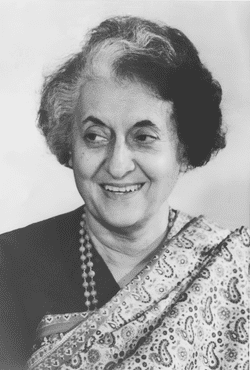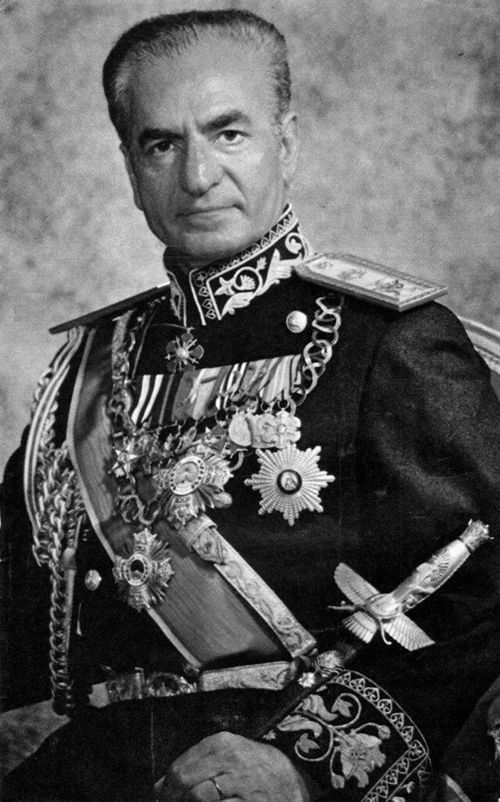
Photo Attribution: Pahlavi Government, Public domain, via Wikimedia Commons
Mohammad Reza Pahlavi
This example has been viewed 659x times
Summary
Rodden Rating
Analysis for Mohammad Reza Pahlavi
Biography
Mohammad Reza Pahlavi (Persian: محمدرضا پهلوی [mohæmˈmæd reˈzɒː pæhlæˈviː] ⓘ; 26 October 1919 – 27 July 1980), commonly referred to in the Western world as Mohammad Reza Shah (محمدرضا شاه), or just simply The Shah, was the last monarch of Iran. He began ruling the Imperial State of Iran after succeeding his father Reza Shah in 1941 and remained in power until he was overthrown by the 1979 Iranian Revolution, which abolished the country's monarchy and established the Islamic Republic of Iran. In 1967, he took up the title Shahanshah (lit. 'King of Kings')[1] and held several others, including Aryamehr (lit. 'Light of the Aryans') and Bozorg Arteshtaran (lit. 'Commander-in-Chief').
He was the second and last monarch of the Pahlavi dynasty to rule within Iran. His dream of what he referred to as a "Great Civilization" (تمدن بزرگ) in Iran led to his assumption of leadership over rapid levels of industrial and military modernization as well as economic and social reforms.[2][3]
During World War II, the Anglo-Soviet invasion of Iran forced the abdication of Reza Shah, who was quickly succeeded by Pahlavi. During Pahlavi's reign, the British-owned oil industry was briefly nationalized by the democratically elected prime minister Mohammad Mosaddegh, who had support from Iran's national parliament to do so. However, Mosaddegh was overthrown in the 1953 Iranian coup d'état, which was carried out by the Iranian military under the aegis of the United Kingdom and the United States. Subsequently, the Iranian government centralized power under Pahlavi and brought foreign oil companies back into the country's industry through the Consortium Agreement of 1954.[4]
Mohammad Reza Shah Pahlavi introduced the White Revolution, a series of economic, social, and political reforms aimed at transforming Iran into a global power and modernizing the nation by nationalizing key industries and land redistribution. The regime implemented many Iranian nationalist policies leading to the establishment of Cyrus the Great, Cyrus Cylinder, and Tomb of Cyrus the Great as popular symbols of Iran. The Shah initiated major investments in infrastructure, subsidies and land grants for peasant populations, profit sharing for industrial workers, construction of nuclear facilities, the nationalization of Iran’s natural resources, and literacy programs which were considered some of the most effective in the world. The Shah also instituted economic policy tariffs and preferential loans to Iranian businesses which sought to create an independent economy for the nation. Manufacturing of cars, appliances, and other goods in Iran increased substantially leading to the creation of a new industrialist class that was considered insulated from threats of foreign competition. By the 1970s, Pahlavi was seen as a master statesman and used his growing power to pass the 1973 Sale and Purchase Agreement. These reforms culminated in decades of sustained economic growth that would make Iran one of the fastest-growing economies among both the developed world and the developing world. During his 37-year-long rule, Iran spent billions of dollars' worth on industry, education, health, and military spending, and enjoyed economic growth rates exceeding the United States, the United Kingdom, and France. Likewise, the Iranian national income rose 423 times over, and the country saw an unprecedented rise in per capita income—which reached the highest level at any point in Iran's history—and high levels of urbanization. By 1977, Pahlavi's focus on defense spending, which he saw as a means to end foreign powers' intervention in the country, had culminated in the Iranian military standing as the world's fifth-strongest armed force.[5]
As political unrest grew throughout Iran in the late 1970s,[6] Pahlavi's position in the country was made untenable by the Jaleh Square massacre, in which the Iranian military killed and wounded dozens of protesters in Tehran,[7] and the Cinema Rex fire, an arson attack in Abadan that was erroneously blamed on the Iranian intelligence agency SAVAK. The Guadeloupe Conference saw Pahlavi's Western allies state that there was no feasible way to save the Iranian monarchy from being overthrown. Pahlavi ultimately left Iran for exile on 17 January 1979.[8] Although he had told some Western contemporaries that he would rather leave the country than fire on his own people,[9] estimates for the total number of deaths during the Islamic Revolution range from 540 to 2,000 (figures of independent studies) to 60,000 (figures of the Islamic government).[10] After formally abolishing the Iranian monarchy, Muslim cleric Ruhollah Khomeini assumed leadership as the Supreme Leader of Iran. Pahlavi died in exile in Egypt, where he had been granted political asylum by Egyptian president Anwar Sadat. Following his death, his son Reza Pahlavi declared himself as the new Shah of Iran in exile.
Source: https://en.wikipedia.org/wiki/Mohammad_Reza_Pahlavi
Raw Data
Horoscope Data
Comments
Natal Data
1919-10-26 08:15:00 LMT
35° 43′ 18.7″ N 51° 20′ 4.9″ E
Tehran, Tehran Province, Iran

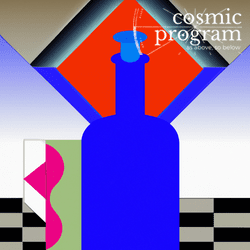

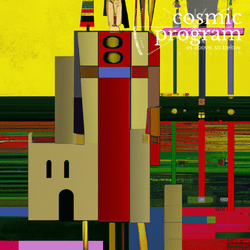

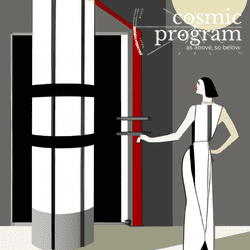

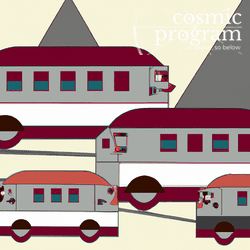


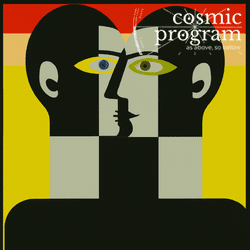

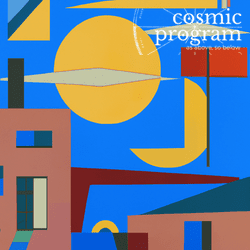


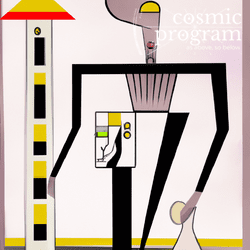
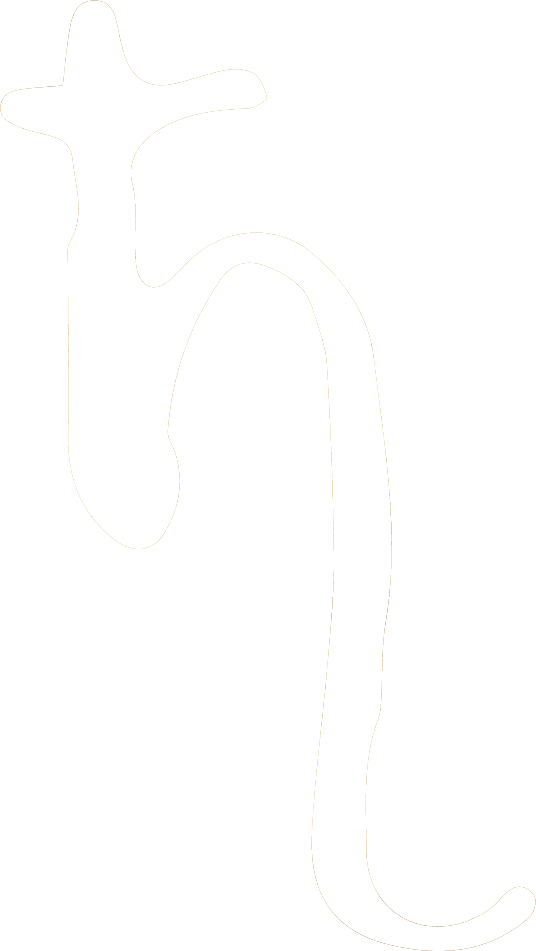





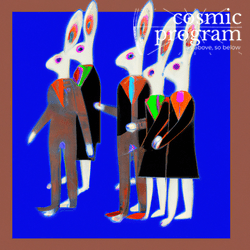


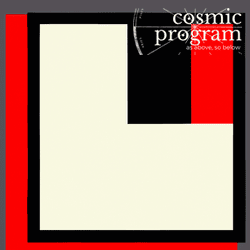


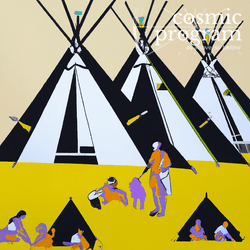

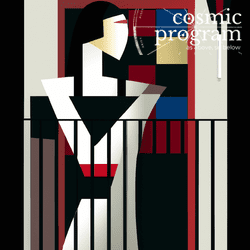


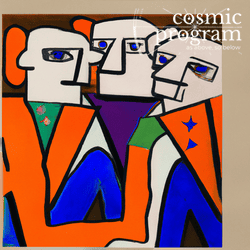





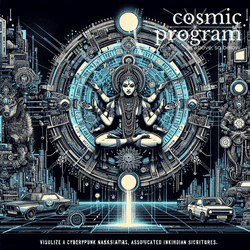
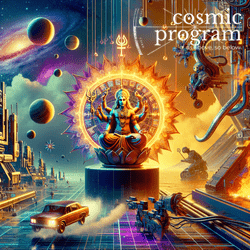
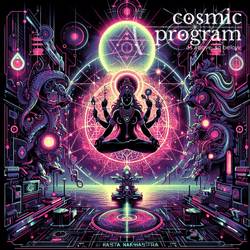

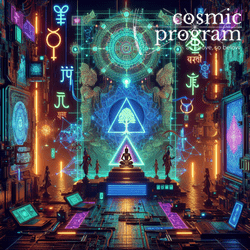
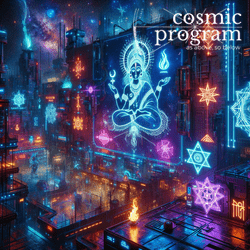
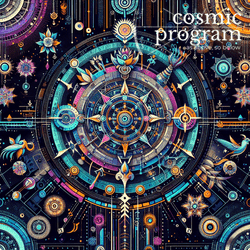
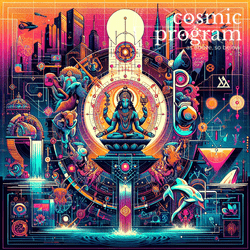
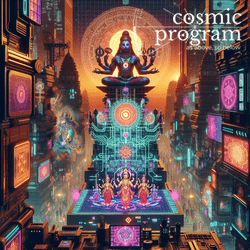



.jpg?bossToken=d6cac52208376fb00ef04655de55d9f89cdee980f74852bb3bbbab68248c9e2e)
.jpg?bossToken=55c95b1f53baaaa2f430e96fee076e53a71d200490f8eb3aa1f865fad253331c)
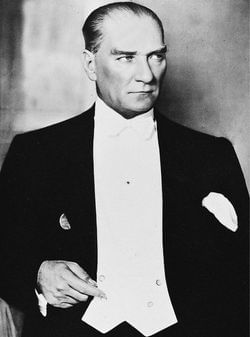
.jpg?bossToken=1e246418f07d2b72d2593f3174d8a4cfd1d74826ef539c91e3d1825624d7515a)
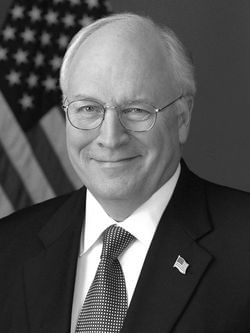
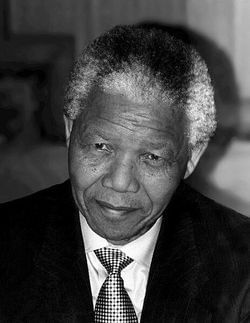
.jpg?bossToken=110ed1827566e152bafddfc7b2e00452b9e2c39bcd6094634b85aa7dea078572)
